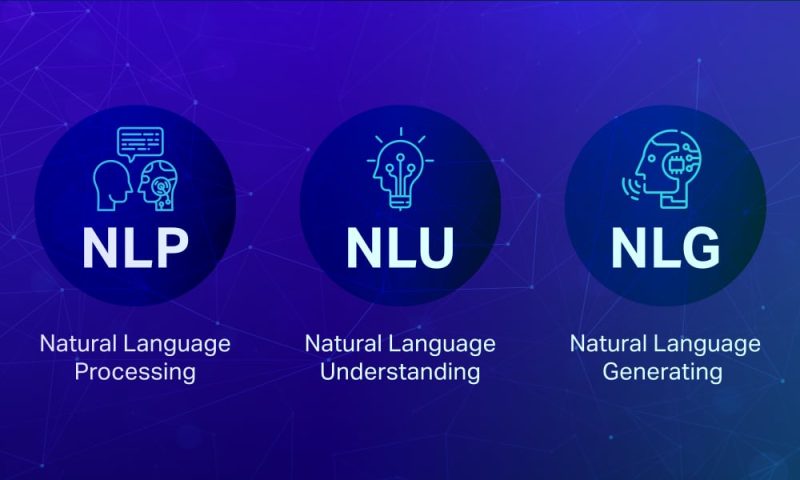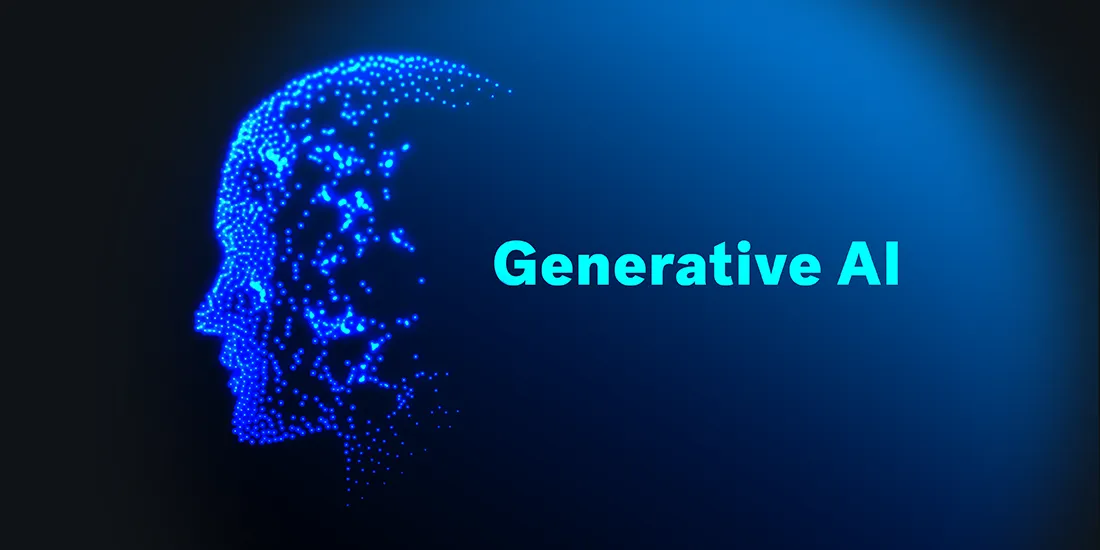In the realm of artificial intelligence and machine learning, Natural Language Understanding (NLU) is a critical component that enables machines to interpret and interact with human language in a meaningful way. This technology is integral to developing systems that can comprehend, analyze, and respond to text or speech input from users. In this article, we will explore what NLU is, how it works, its applications, and the challenges it faces.
What is Natural Language Understanding?
Natural Language Understanding is a subset of Natural Language Processing (NLP) focused specifically on the comprehension of human language. While NLP encompasses all aspects of language processing, including generation and translation, NLU is concerned with making sense of text or speech input. NLU involves interpreting the meaning behind words, phrases, and sentences, considering context, semantics, and intent.
NLU combines various linguistic and computational techniques to enable machines to understand not just the literal meaning of words, but also nuances like sarcasm, idioms, and contextual relevance. This capability is crucial for creating more sophisticated and user-friendly AI applications.
How Does NLU Work?
At its core, NLU relies on several key processes to achieve understanding:
- Tokenization: The first step in NLU involves breaking down the input text into smaller units, such as words or phrases. This process helps in managing and analyzing text more efficiently.
- Part-of-Speech Tagging: This process involves identifying the grammatical roles of words in a sentence. For example, distinguishing between nouns, verbs, adjectives, etc., helps in understanding the structure and meaning of the text.
- Named Entity Recognition (NER): NER identifies and classifies key entities within the text, such as names of people, organizations, locations, dates, and other important terms. This helps in extracting relevant information from the input.
- Semantic Analysis: This step focuses on understanding the meaning behind the words. It involves analyzing word meanings in context and determining relationships between different parts of the text.
- Intent Recognition: For applications like chatbots and virtual assistants, recognizing the user’s intent is crucial. This involves determining what the user wants to achieve or inquire about based on their input.
- Contextual Understanding: To fully grasp the meaning of a statement, understanding the context is essential. This includes considering previous interactions, the overall topic, and the nuances of the conversation.
Applications of NLU
NLU has a wide range of applications across various domains. In customer service, it powers chatbots and virtual assistants that can handle queries, provide information, and resolve issues efficiently. These systems can understand and respond to natural language queries, improving user experience and operational efficiency.
In the field of healthcare, NLU helps in processing and analyzing medical records, extracting valuable insights from patient data, and facilitating more accurate diagnostics. It enables healthcare professionals to interact with systems in a more intuitive way, leveraging natural language for better outcomes.
Content management and analysis also benefit from NLU. By understanding and categorizing large volumes of text, organizations can automate content tagging, sentiment analysis, and trend identification. This enhances the ability to manage and derive insights from textual data.
Challenges in NLU
Despite its advancements, NLU faces several challenges. One of the primary difficulties is handling ambiguity and variability in human language. Words and phrases can have multiple meanings depending on context, and detecting nuances like sarcasm or humor remains a significant hurdle.
Another challenge is dealing with diverse languages and dialects. NLU systems need to be trained on a wide range of languages and regional variations to provide accurate and effective results. This requires extensive data and computational resources.
Additionally, ensuring privacy and ethical use of NLU technology is crucial. As these systems become more capable, there is a growing need to address concerns related to data security, bias, and the responsible use of AI.
Conclusion
Natural Language Understanding is a powerful and evolving field that plays a crucial role in advancing artificial intelligence. By enabling machines to comprehend and interact with human language, NLU enhances the capabilities of AI systems across various applications. As technology progresses, overcoming the challenges associated with NLU will be essential for unlocking its full potential and ensuring its responsible use.




